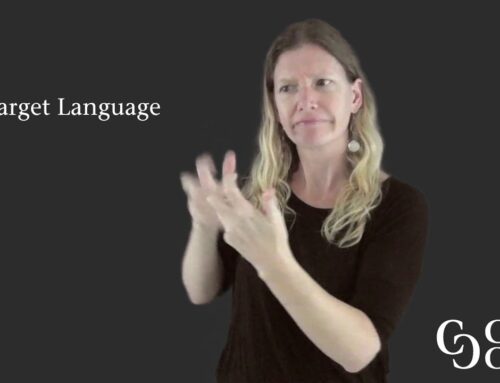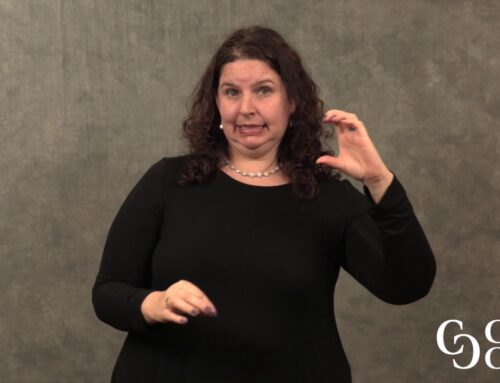Aim
Interpreters work with a variety of cultures. It is imperative that they be familiar with cultural dimensions and how they will impact cross-cultural communication. This activity will use Geert Hofstede’s cultural dimensions to orient participants to the effects culture has on the values of the members and how these values relate to behavior.
Competencies Addressed
- NMIP Multicultural Background and Knowledge Competencies.
- Identify the cross-cultural implications of patterns of time, social protocols, and taboos
- NMIP Multicultural Interpreting Skill Competencies
- Demonstrate cultural and linguistic analysis skills
Time Required for Activity: 30 mins
Objective(s):
Interpreters will:
- Assess where the U.S American six dimensions of culture are on a framework
- Reflect upon their own understanding of U.S. American culture
Reference
Hofstede, G. (2011). Dimensionalizing cultures: The Hofstede model in context. Online Readings in Psychology and Culture, 2 (1). Retrieved from dx.doi.org/10.9707/2307-0919.1014.


 Image Credit: geerthofstede.com
Image Credit: geerthofstede.com


